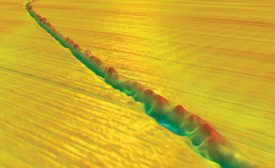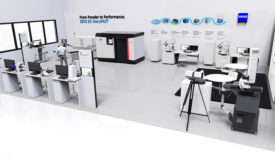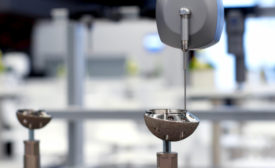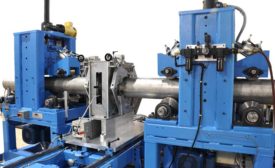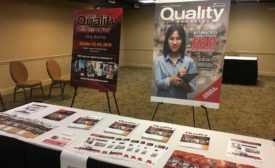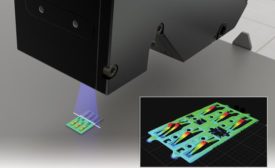Home » Keywords: » inspection methods
Items Tagged with 'inspection methods'
ARTICLES
TEST & INSPECTION
As Manufacturers Embrace Increasingly Complex Materials and Processes, Their Inspection Methods Evolve with Them.
Read More
Quality in Automation > Inspection
How to Automate your Inspection Process
New sensors, mobile systems and thorough communication can help manufacturers overcome previous hurdles.
April 4, 2020
Additive Quality
The greatest challenge of AM is the verification of parts’ absolute reliability.
April 1, 2020
Metrology for the Medical Field
Medical devices require stringent quality and inspection methods.
March 1, 2020
Choosing and Applying NDT Methods for Round Stock during Production
There are many approaches to NDT inspection, ranging from full system tests to in-process inspection of partially finished products.
November 8, 2019
Designing a Better Sensor for Small Parts Inspection
Smart technology advancements are at the heart of today's movement toward better sensor design.
March 1, 2019
Third-Party Industrial Computed Tomography (CT) and Digital X-ray Inspection Services
Are they right for your business?
April 2, 2018
Stay in the know with Quality’s comprehensive coverage of
the manufacturing and metrology industries.
eNewsletter | Website | eMagazine
JOIN TODAY!Copyright ©2024. All Rights Reserved BNP Media.
Design, CMS, Hosting & Web Development :: ePublishing

